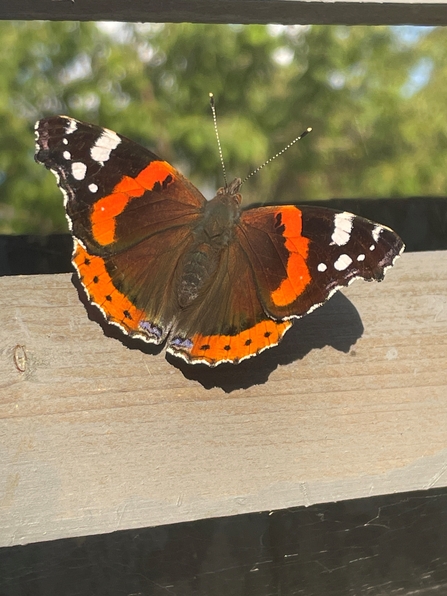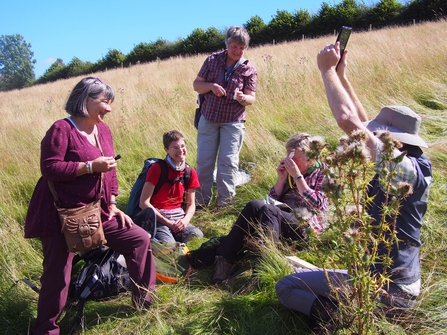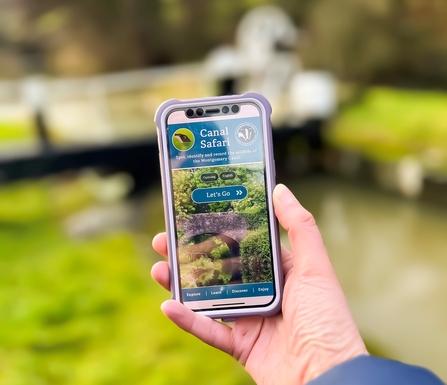If you're reading this blog, you love wildlife, and you likely want to do all you can to help nature thrive. One thing that most people can easily engage with is biological recording, but what is it, why is it important and how do you take part?
What is biological recording?
Biological recording can be broadly split into two main areas: ad-hoc recording and surveys. The first is reporting that Red Admiral butterfly you’ve just seen, by recording what, where and when you sighted it. Surveys (also sometimes called citizen science) come in many forms, but typically they involve gathering information in some sort of set, repeatable fashion. Both types are important, as they contribute to conservation in different ways.




